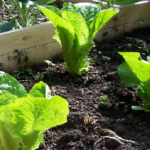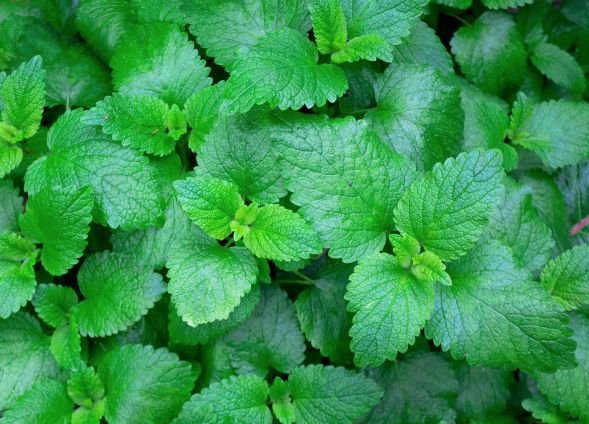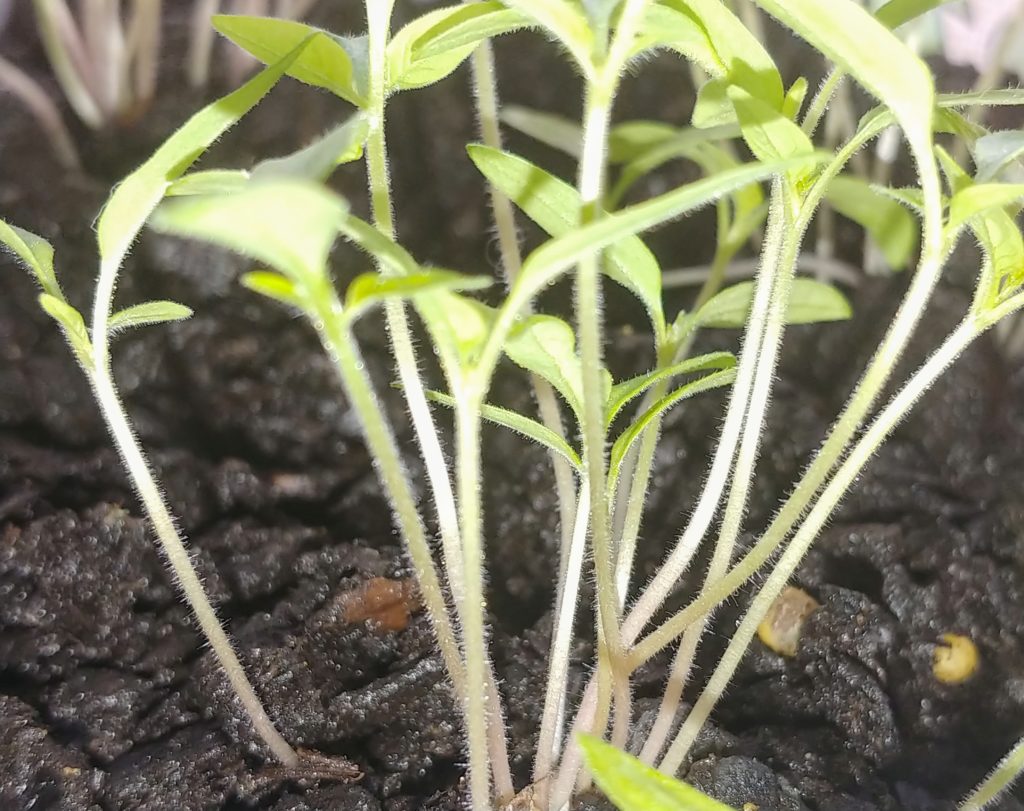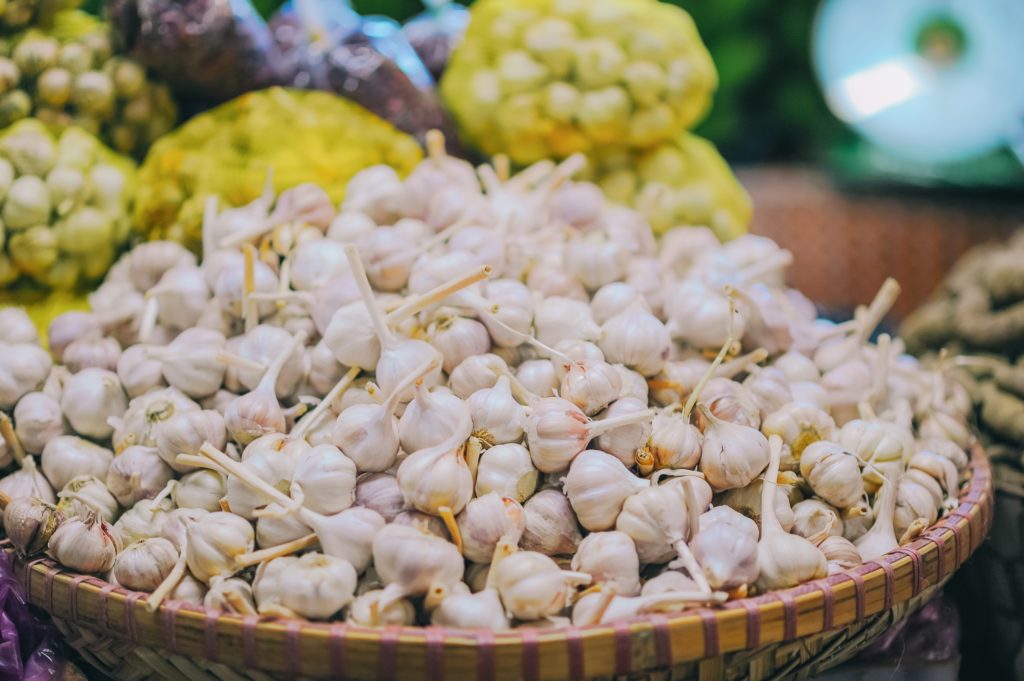Caring for a small garden of strawberry plants isn’t difficult, and the rewards can be huge. One strawberry plant can produce up to a quart of sweet, fresh berries. Here, you’ll learn everything you need to know about how to plant and grow an abundance of fresh strawberries!
Strawberries are easy to grow, require a small amount of space, and can reward the home gardener with a fruit crop for many years before replanting becomes necessary.
If you’re following a low carb or keto diet, then you’ll be happy to know that strawberries are one of the few fruits that are keto-friendly!!
This post contains affiliate links. If you click through and make a purchase, I’ll earn a commission, at no additional cost to you.
Types of Strawberry Plants
There are basically three types of strawberry plants to choose from.
- June bearing
- Day-Neutral
- Everbearing
June Bearing strawberries
June bearing plants are the most popular. These plants bear one crop per year, with fruit ripening anywhere from late May thru early to mid-June.
June-bearing plants generally produce the largest strawberries and the greatest number of runners (new plants.)
Everbearing strawberries
The second type of strawberry is referred to as an everbearing type, but the name is a bit of a misnomer. Everbearing varieties typically produce only a spring and fall crop with little flowering or fruiting in-between seasons. Everbearing plants do not send out many runners.
Day-Neutral Strawberries
The third type of strawberry plant is referred to as “day-neutral.” These plants are viewed as an improvement upon the everbearing types. Day-neutral varieties perform best during the cooler periods of the growing season; however, if conditions are right, they may set small amounts of fruit from spring until fall.
Like everbearing varieties, day-neutral plants also produce few runners.
The Best Time to Plant Strawberries
In many geographical areas, strawberries are best planted in the spring as soon as the ground can be worked, and the weather is still cool. Do not, however, plant berries in wet soil.
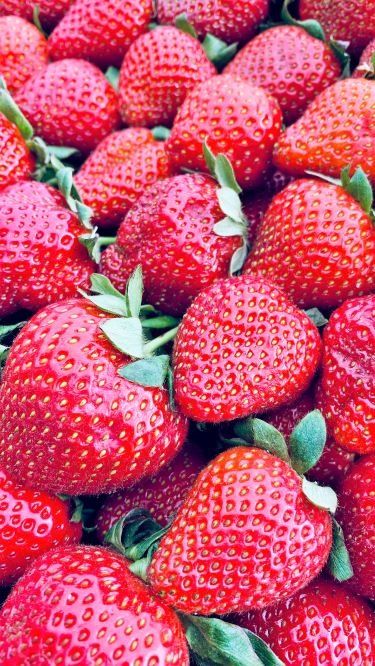
The roots of strawberry plants need space to grow, and planting in wet soil can cause roots to become too compacted. If the soil is wet, it’s best to delay planting until the ground has become drier, even if that means the days are a bit warmer. Make sure you have loamy or sandy soil for a successful strawberry patch.
Planting strawberries on a cloudy day and watering them immediately afterward will help them get off to a good start.
Choosing a Location for the Strawberry Bed
Strawberries need full sun and well-drained soil. Plant in a weed-free area where no other strawberries, tomatoes, potatoes, eggplant, or peppers have been grown in order to reduce the risk of root disease problems and maximize the plant’s potential for growth.
If you don’t have a pre-identified space to allow for uninterrupted growth, think about making a small garden bed specifically for the berries. Or, try raised gardening containers, like these raised garden beds from Home Depot!
Look for certified disease-free plants at garden centers, or buy from a reputable mail-order nursery.
How to Harvest
Strawberries are ripe when they are a bright red and show no white or light green elements where the berry attaches to them stem.
If you see white or light green patches at the top (like in the photo below), they aren’t fully ripe and are not ready to be picked.
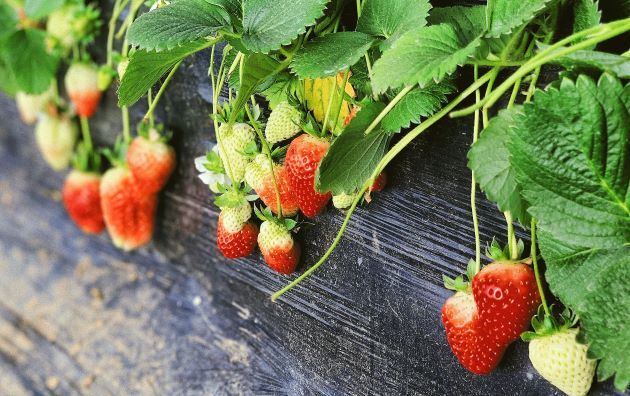
Once your plants begin to mature and the fruit is ready for picking, be sure to pick regularly. Comb through all of the plants to pick the ripe berries and remove and damage berries.
Damaged berries can be any that have molded or died, or were picked by bugs or birds. This also includes any that have fallen off the plant and onto the ground.
Allowing damaged berries to linger will just invite problems like more bugs and pickers!
How to Plant
When ordering from a mail-order nursery, plants will be shipped to your home at the proper time for planting in your area. Most businesses will also include a planting guide with your order. Follow these instructions carefully.
If plants do not come with instructions, then the following directions should be utilized.
- Remove plants from storage when ready to plant.
- Trim off broken or damaged leaves.
- Place roots in water for an hour prior to planting.
- Set plants in the soil so that the dirt is just covering the tops of the root.
- Do not leave any of the roots exposed.
- Do not cover the center, crown portion of the plant.
- Place plants approximately 18 inches apart. (If planting in long rows, allow enough space between rows to walk among and care for plants.)
- Water gently after planting.
Caring for Strawberry Plants
Be sure to weed strawberry plants regularly so that the plants do not have to compete for sunshine and nutrients. For June bearing plants, pinch off all blooms the first year. This will lead to much nicer berries the following year.
As runners form, train them to grow where you want them to set root in your garden. This can be done by weighing the runner down with a little dirt or a small rock until the new plant takes root in the appropriate place.
Be aware that strawberry plants should be renovated carefully (mown down after harvest) and mulched in preparation for winter.
Storing Strawberries
Strawberries are a delicate fruit with a short shelf live. Once they are ripe, they are ready for consumption.
The most common problem with storing strawberries is keeping them fresh and preventing mold.
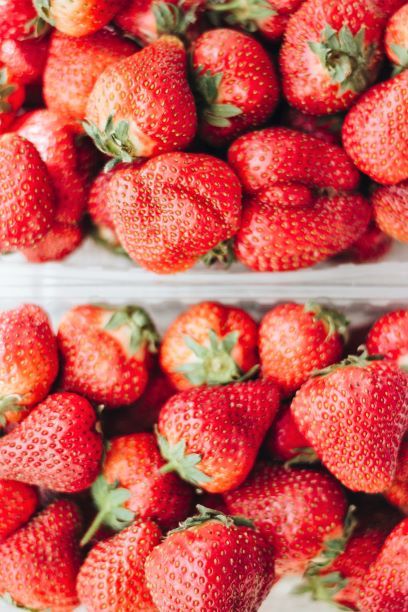
Once you harvest your berries, you want to store them in a cool and dry environment.
Select a storage container that will allow for air flow, but also moisture absorption. If you ever noticed that little paper pad at the bottom of the berry container, that is what it’s for!
We like these Produce Storage Organizer Bin with Open Vents for Air Circulation.
These are great storage solutions for fruit because you don’t have to smush the berries in to fit under a lid. All you need to do is line the bottom with a few layers of paper towels and place in the refrigerator until they are ready to eat.
Strawberries can last in the refrigerator for up to a week for optimal consumption.
If you are luck enough to have a huge harvest, think about freezing some to make smoothies, jams and desserts throughout the year!
Strawberry Pests & Diseases
The most common pests and diseases for strawberry plants are, luckily, easy to solve for.
First, they are by nature, a sweet fruit that contain a lot of natural sugars. This is going to attracts a lot of little bugs and hungry birds that like to eat them as much as we do!
Your first line of defense is a simple and inexpensive crop row cover solution or a mesh netting. For obvious reasons, this keeps a lot of your troubles away.
Otherwise, the biggest disease your strawberries face will be mold and mildew. Because you eat the whole fruit, we advise against using harsh chemicals to prevent mold.
You can reduce mold growth by following proper watering schedules, handling plants carefully, purchasing disease-free certified plants, and using quality soils.
High heat, accidental bruising, and generous spacing when between plants can all prevent fruit rot. Give them room to breath with a mix of loamy and sandy soil so their feet get good water, but don’t stay soaked.
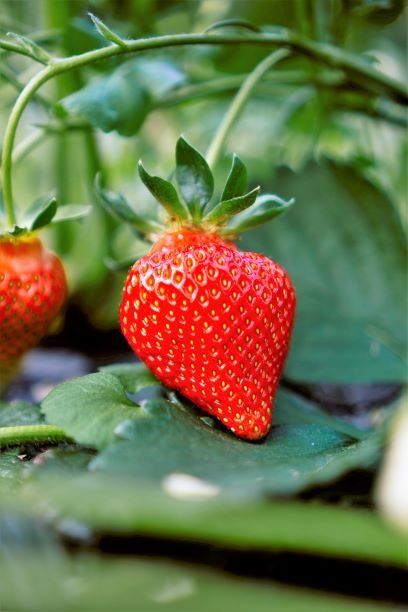
The other issue you may face that can impact strawberry plants is a deficiency in either magnesium or potassium.
To solve for a magnesium deficiency, you’ll want to incorporate magnesium, most commonly found in the form of Epsom Salt. Use a watered down solution and lightly spray your strawberry plant after sunset to address the problem.
You want to do it after sunset to avoid burning the plant in the sun! Try this Epsom Salt for Plants Magnesium Sulfate.
Potassium deficiency shows in the form of yellowing or browning of leaves. The most organic solution to solve for this is to bury banana peels with your plants!
Try this method first, otherwise you can use ground up potassium vitamins into the soil too!
Where to Buy Strawberry Plants
You can always find mature strawberry plants that are ready to put in the ground at your local nurseries early in the Spring.
Otherwise, you can shop online (which we usually do!). You can try some of these great options:
- 19.3 oz. Allstar Strawberry Plant from Home Depot
- Wild Strawberry Plants from Nature Hills Nursery
- Eversweet Everbearing Strawberries from Blooming Bulb Nursery
- Albion Everbearing Strawberries from Hand Picked Nursery
Articles You’ll Love:



